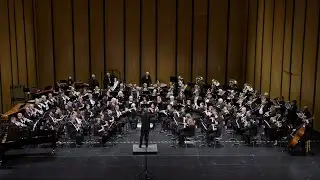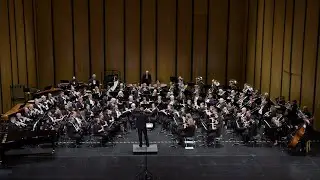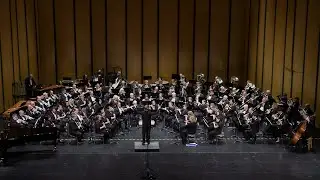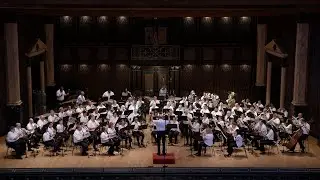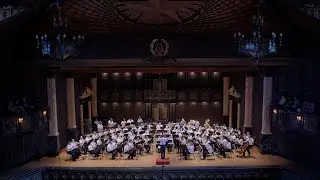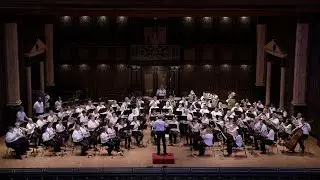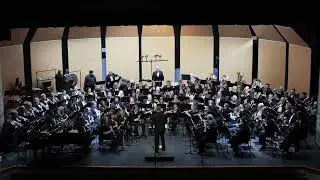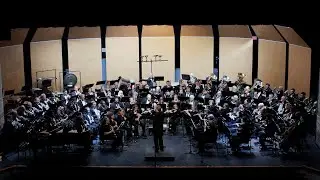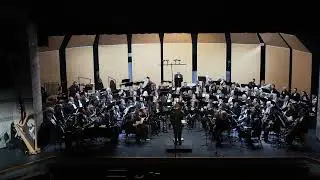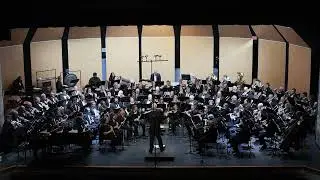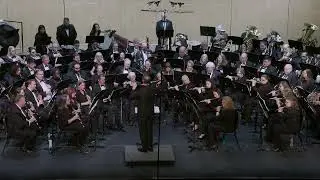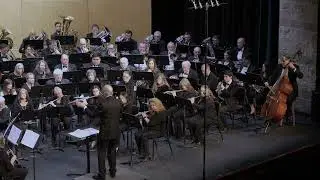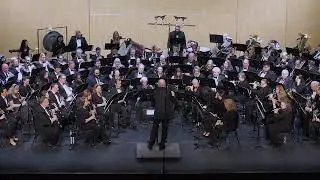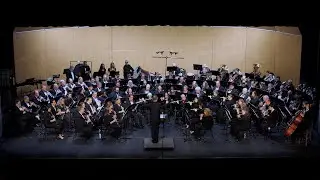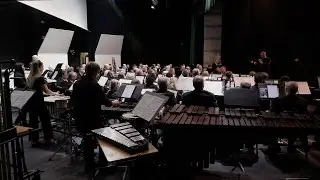Austin Symphonic Band Performing Pineapple Poll
Austin Symphonic Band. February 14, 2023 concert at the Connally HS Performing Arts Center in Austin, TX. ASB performing Pineapple Poll by Sir Arthur Sullivan (arr. Charles Mackerras, arr. for Military Band by W.J. Duthoit). Music Director Dr. Kyle R. Glaser conducting. "The Sun Never Sets" Concert.
00:00 1. Opening Number
04:05 2. Jasper’s Dance
07:36 3. Poll’s Dance
09:05 4. Finale
Video and Sound Production: Eddie Jennings
From the program notes written by David Cross:
Pineapple Poll (Suite from the Ballet) (1952)
Based on the Music of Sir Arthur Sullivan (1842–1900),
arr. Charles Mackerras/arr. for military band by W. J. Duthoit
1. Opening Number
2. Jasper’s Dance
3. Poll’s Dance
4. Finale
Pineapple Poll is a comic ballet using source material based on Gilbert and Sullivan’s “The Bumboat Woman’s Story” and “H. M. S. Pinafore.” The central characters in “The Bumboat Woman’s Story” are Pineapple Poll and Jasper. Like many Gilbert and Sullivan works, the convoluted story intertwines royalty and commoners, mistaken identities, and unrequited love. Avid devotees of Gilbert and Sullivan will recognize melodic snippets from the operettas: The Mikado, Trial by Jury, Patience, The Gondoliers, and Princess Ida.
The piece premiered triumphantly in 1951 at London’s Sadler’s Wells Theatre and was given many revivals during the following decades. Director and playwright Mike Leigh describes the style of librettist Sir W. S. Gilbert as follows:
“With great fluidity and freedom, [Gilbert] continually challenges our natural expec-tations. First, within the framework of the story, he makes bizarre things happen, and turns the world on its head. Thus, the Learned Judge marries the Plaintiff, the soldiers metamorphose into aesthetes and so on, and nearly every opera is resolved by a deft moving of the goalposts. . . . His genius is to fuse opposites with an imperceptible sleight of hand, to blend the surreal with the real, and the caricature with the natural. In other words, to tell a perfectly outrageous story in a completely deadpan way.”
Sir Arthur Sullivan, whose father was a military bandmaster, precociously burst onto the scene in 1882 as a promising composer, penning symphonies, concerti, and several overtures on graduation from the Royal Academy of Music and the Leipzig Conservatory. Sir Henry Wood explained the enduring success of the collaboration as follows:
“Sullivan has never had an equal for brightness and drollery, for humour without coarseness and without vulgarity, and for charm and grace. His orchestration is delight-ful: he wrote with full understanding of every orchestral voice. Above all, his music is perfectly appropriate to the words of which it is the setting. . . . He found the right, the only cadences to fit Gilbert’s happy and original rhythms, and to match Gilbert’s fun or to throw Gilbert’s frequent irony, pointed although not savage, into relief. Sullivan’s music is much more than the accompaniment of Gilbert’s libretti, just as Gilbert’s libretti are far more than words to Sullivan’s music. We have two masters who are playing a concerto. Neither is subordinate to the other; each gives what is original, but the two, while neither predominates, are in perfect correspondence.”
Listen for:
Mvt. 1
• Many, many notes in the woodwinds.
• Buoyant, uplifting melodies.
• Succulent counter-melodies in the horns.
Mvt. 2
• An extended, slowly developing breath-taker of a melody.
• Imaginative color in the scoring.
Mvt. 3
• A repetitive, compound-meter melody, as if a patter song.
• Definitive musical cadences.
Mvt. 4
• A can-can like melody in the brass, with a flitting counter-subject in the woodwinds.
• A majestic and oh-so-British elongation before the ending.








